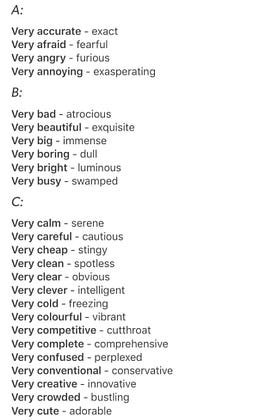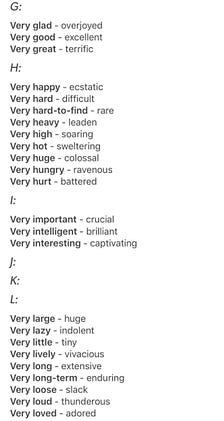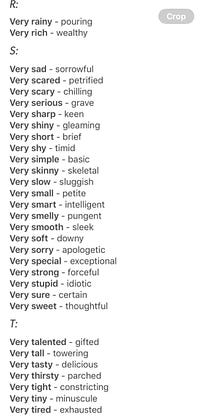Note
The app for independent voices

New post out on the prehistory and history of the Germanic peoples - from their origins among the tribes of the neolithic eastern Baltic to the post-WWII expulsions from eastern Europe:

You made it, you own it
You always own your intellectual property, mailing list, and subscriber payments. With full editorial control and no gatekeepers, you can do the work you most believe in.


Great discussions
Join the most interesting and insightful discussions.
We just published a guide walking through how we built Technically 2.0, ranging from how we used old school web app techniques (frontends and backends, integrations and webhooks) to how we used AI (both for content organization + programming).
Over the next few weeks, Justin and I will go deeper on aspects of it that were too detailed for the post here in Notes:
—
You know that Wikipedia wormhole feeling? The one where you walk your way through linked concepts, and end up learning something you never knew existed?
On the new Technically site, we set out to match that experience (see video).
This turned out to be pretty challenging to get right tbh.
The easy part was the web app side: the React components that displayed the terms + companies references in an article. There were some wrinkles around client / server-side rendering (for SEO purposes), but not a huge deal.
The much harder part was the actual tagging of the terms + companies mentioned in each article.
Honestly couldn’t have done this cost-effectively prior to AI.
There were ~200k words (about 3 novels) in the Technically archives since 2019, so tagging manually would’ve taken weeks.
But we didn’t use AI in the way you might guess.
Instead of having an AI model tag term references directly, we instead had the AI model write a script (using plain old python or javascript) to tag terms / companies mentioned within articles.
Why?
Cheap to write (maybe $.05 in Anthropic API credits), and free to execute
Deterministic: once the script is written, will do the same thing reliably (place a “term” component wrapper on a given block of text in an article) every time
Can be executed reliably during a build process for the app, without needing to monitor whether the AI API is down
So don’t sleep on scripting! It can be much cheaper and more reliable than using language models directly.
This is one big reason to learn to work on the command line — whatever you think about the “intelligence” level of current AI models, they are really f*ing good at writing utility scripts to automate your work.




















